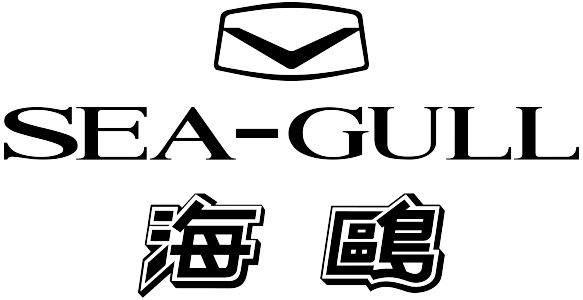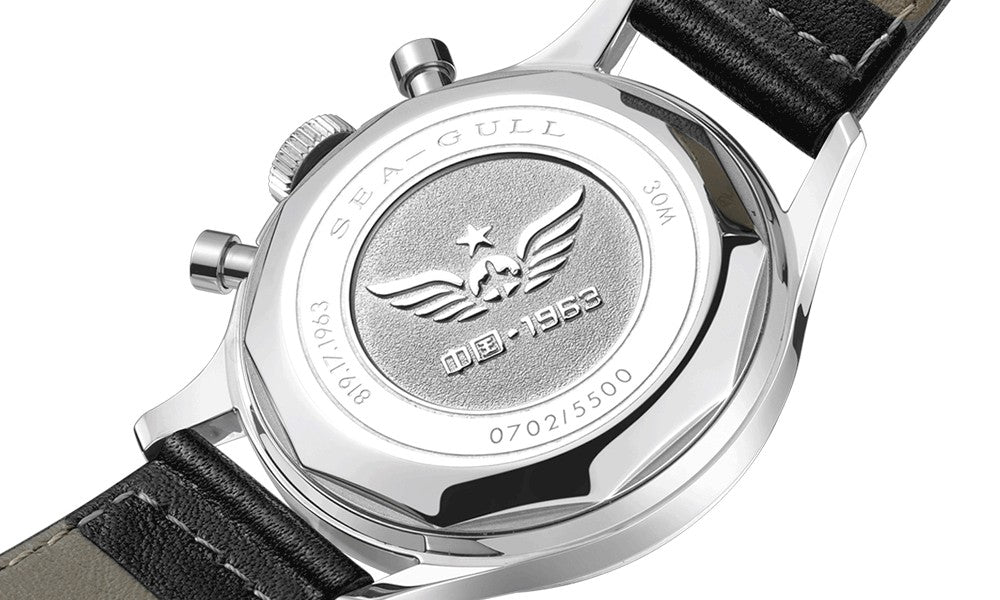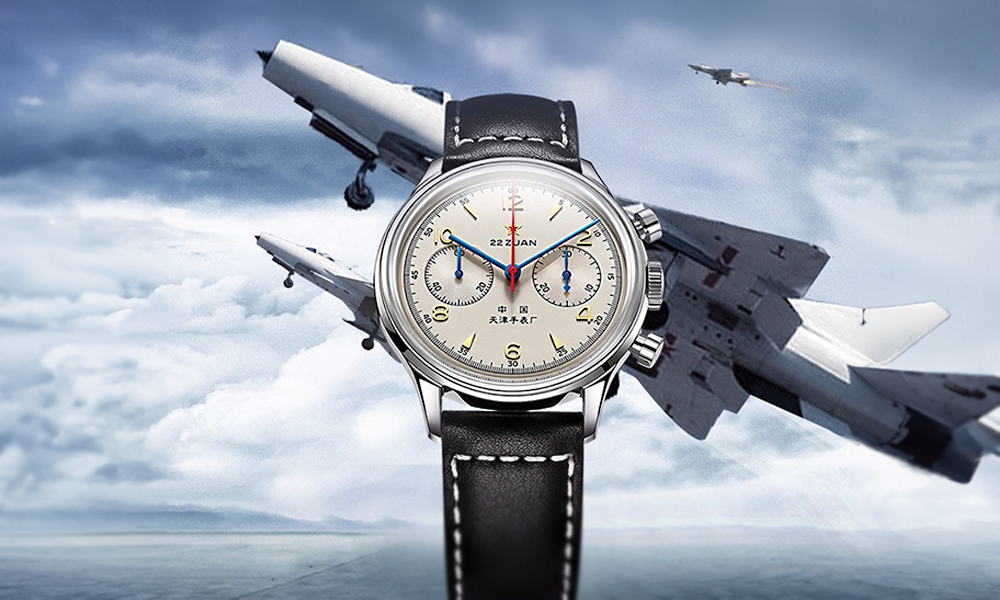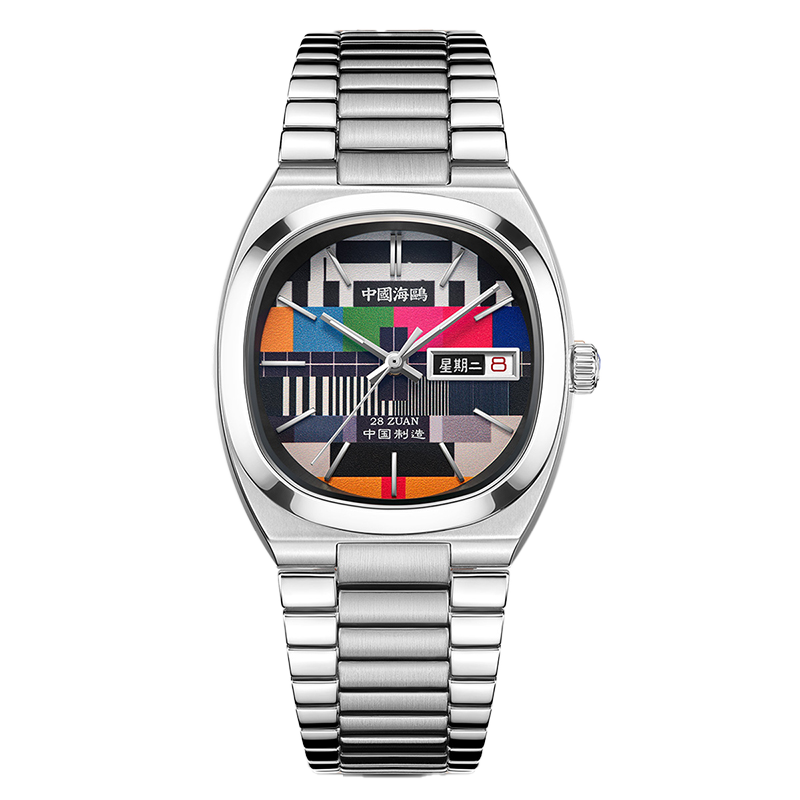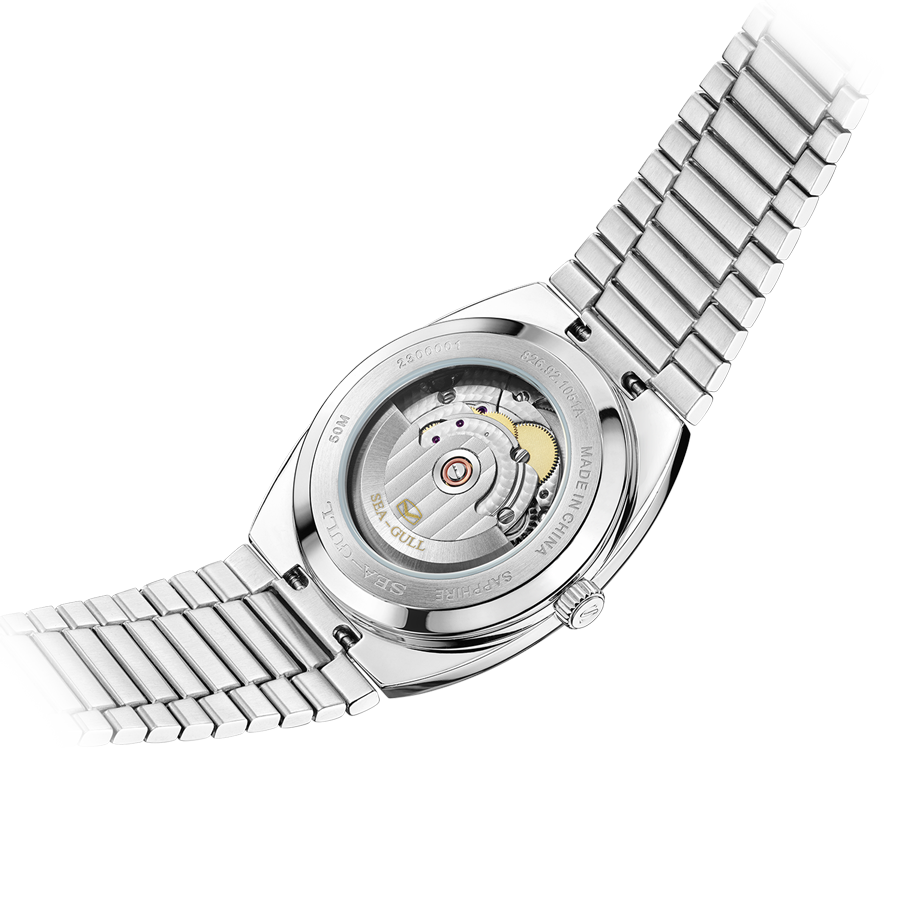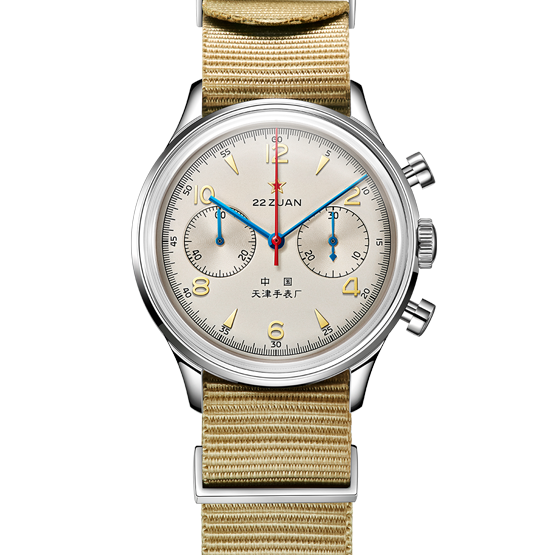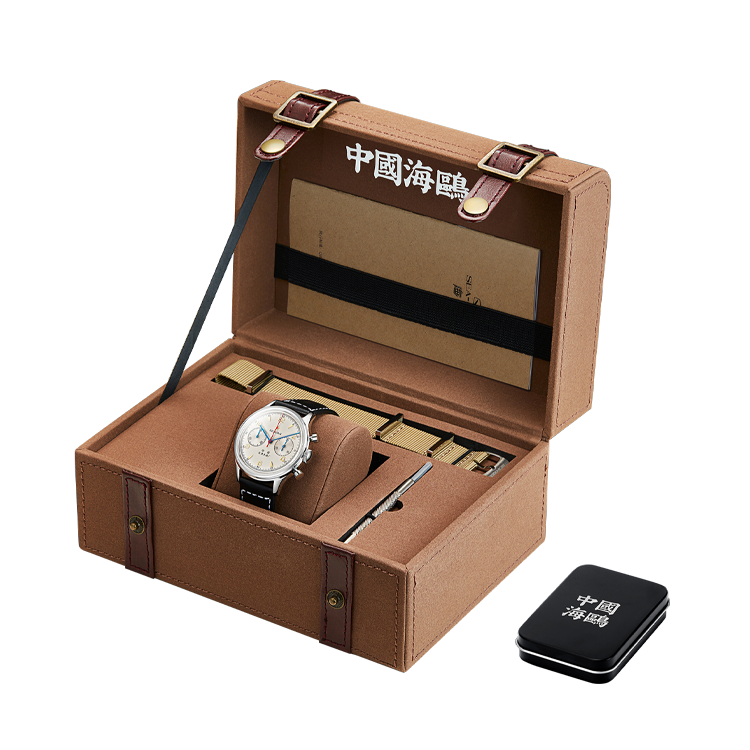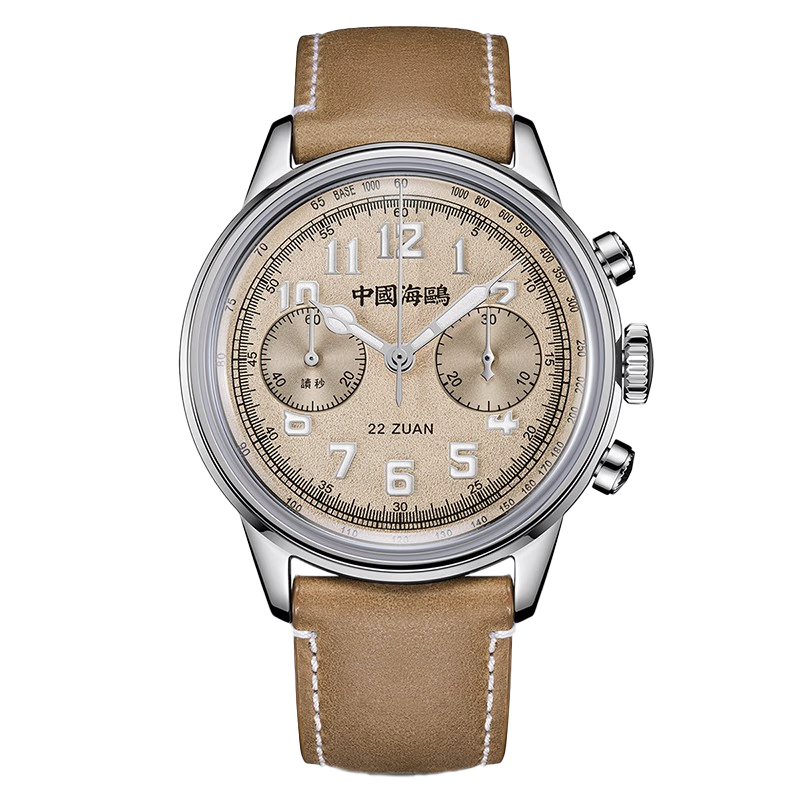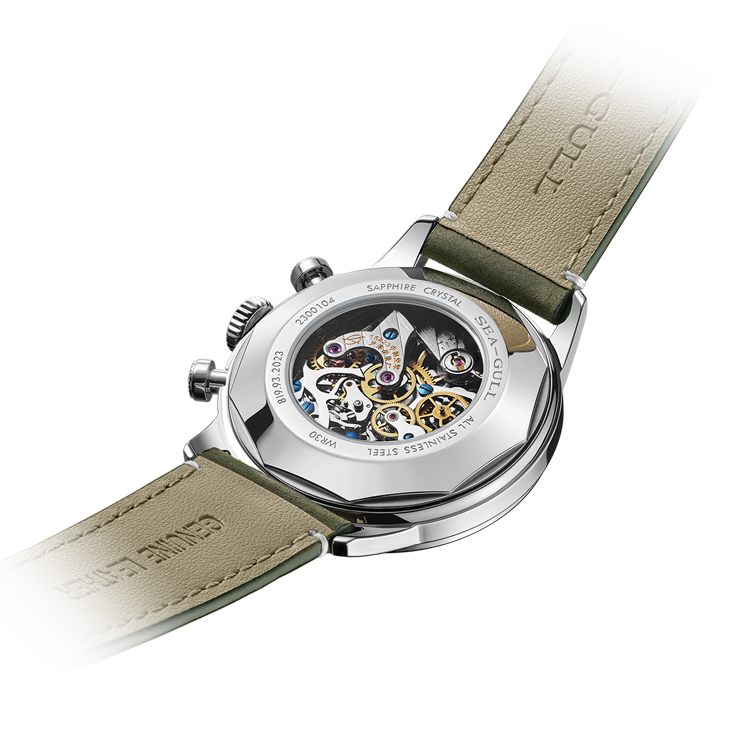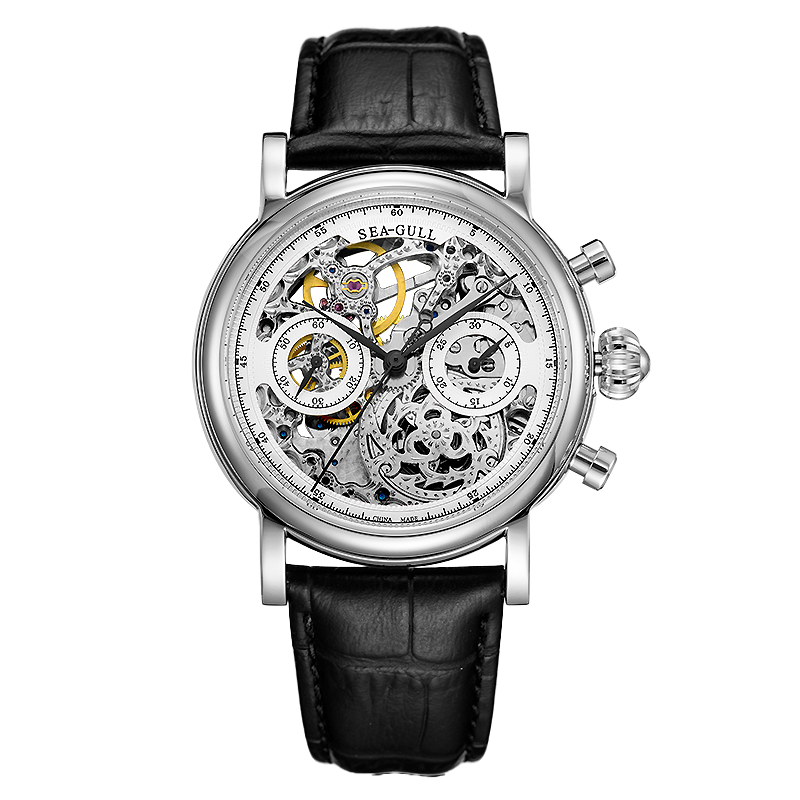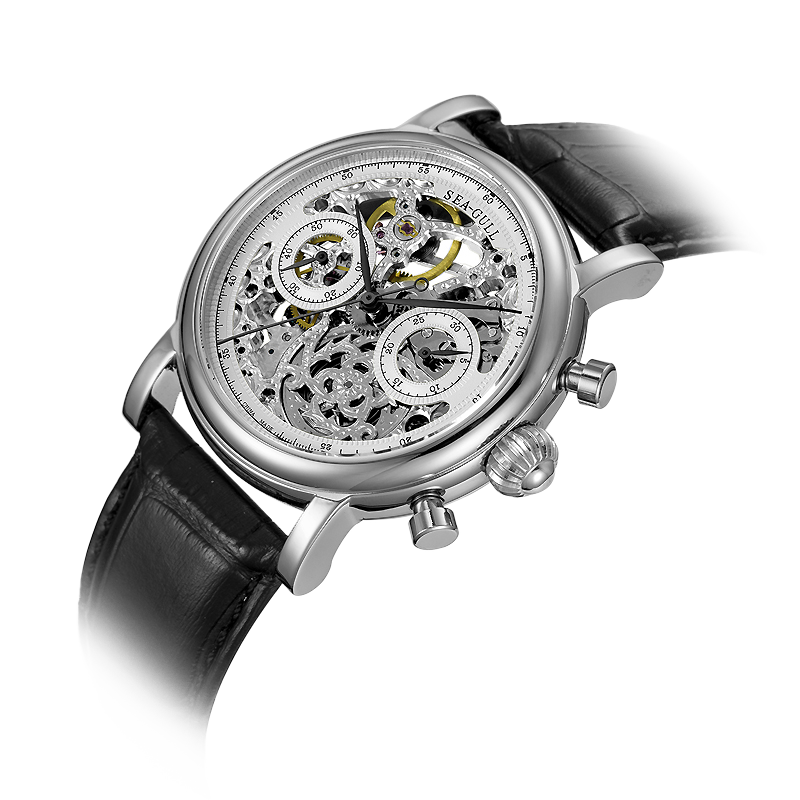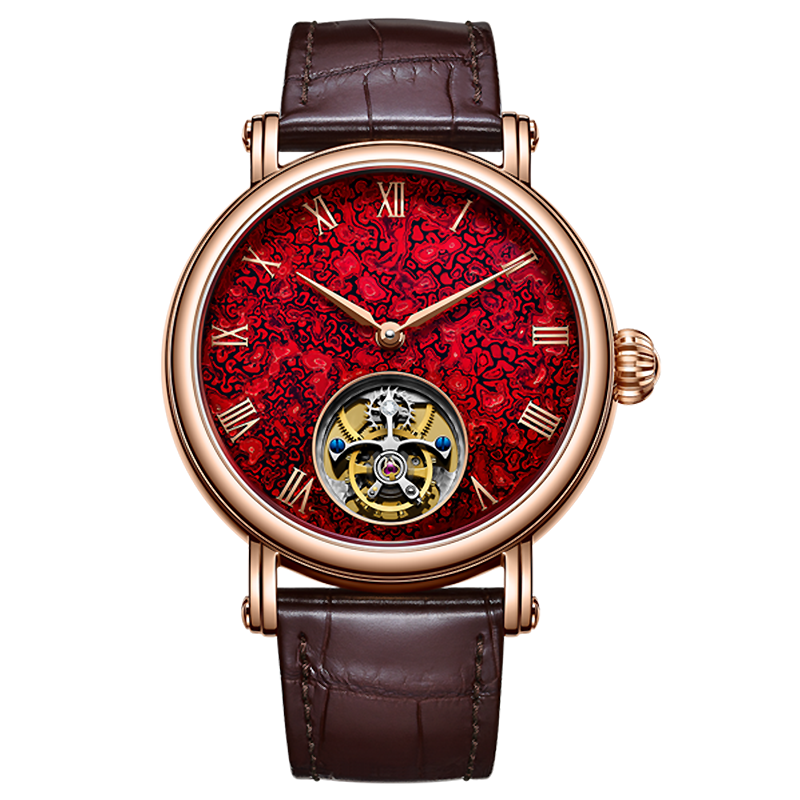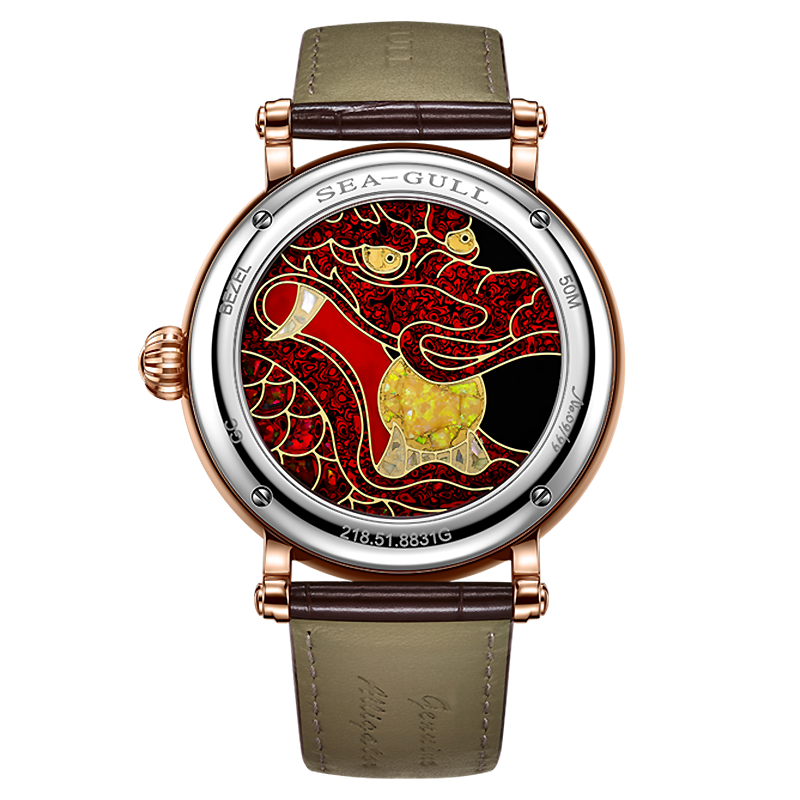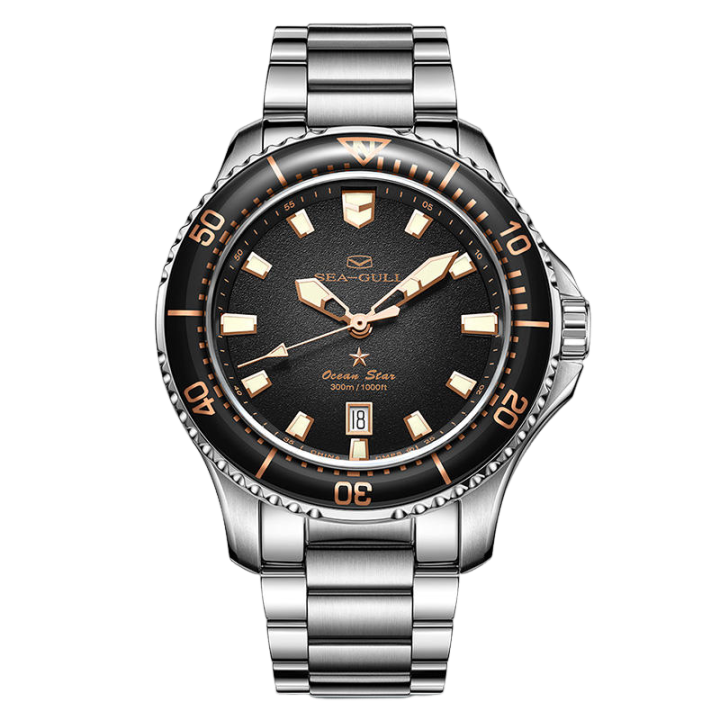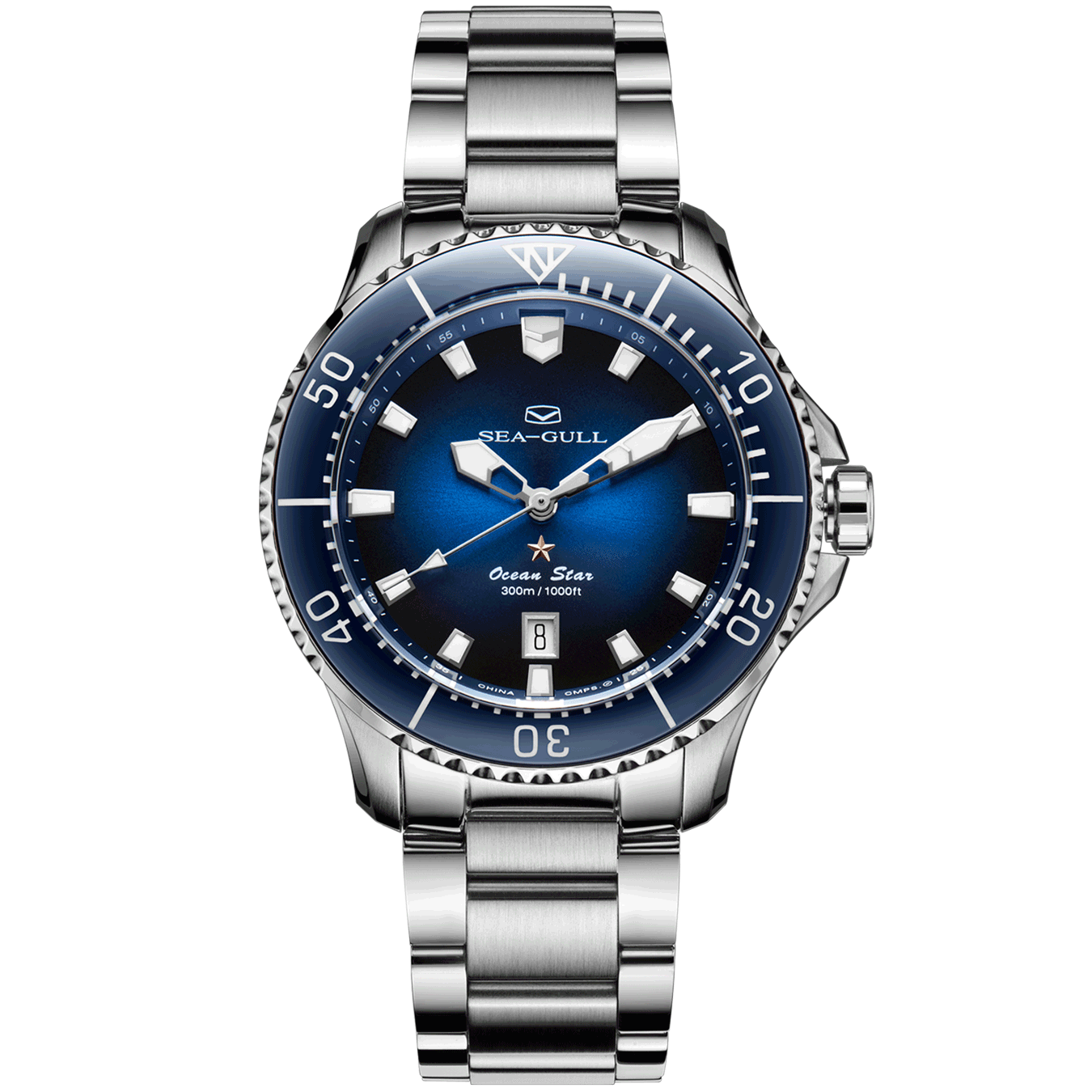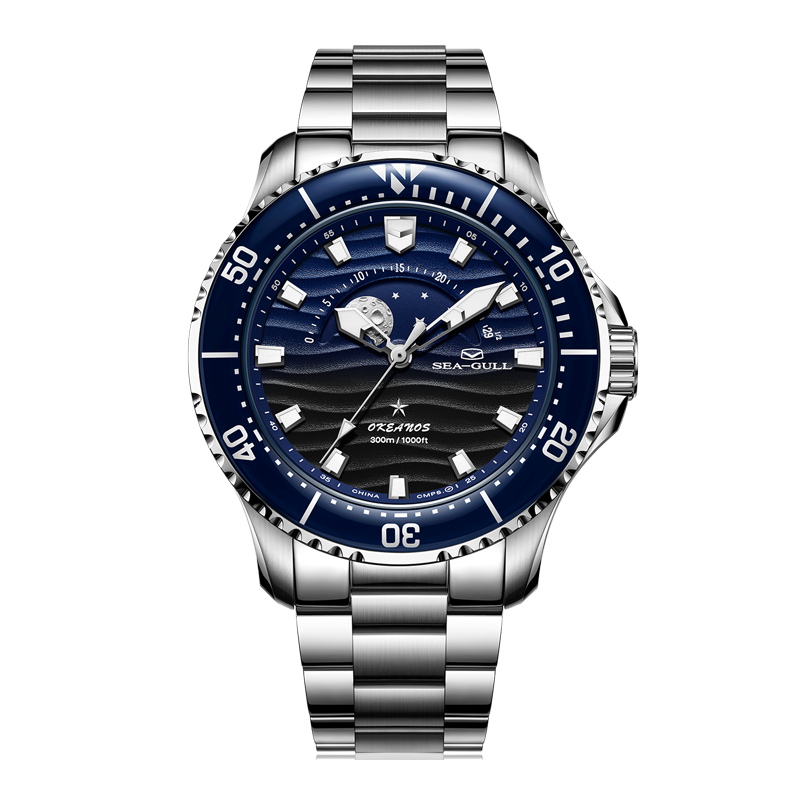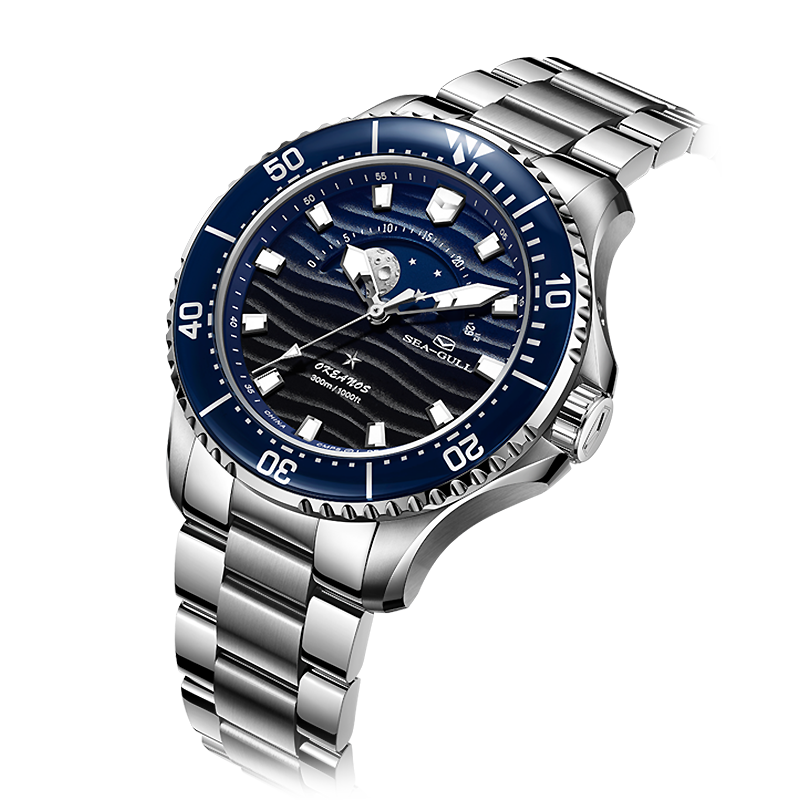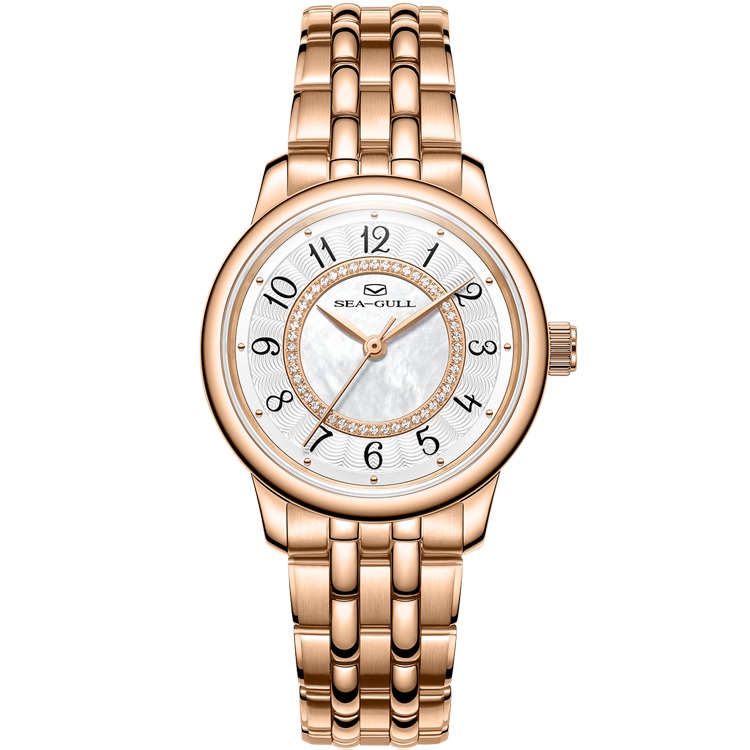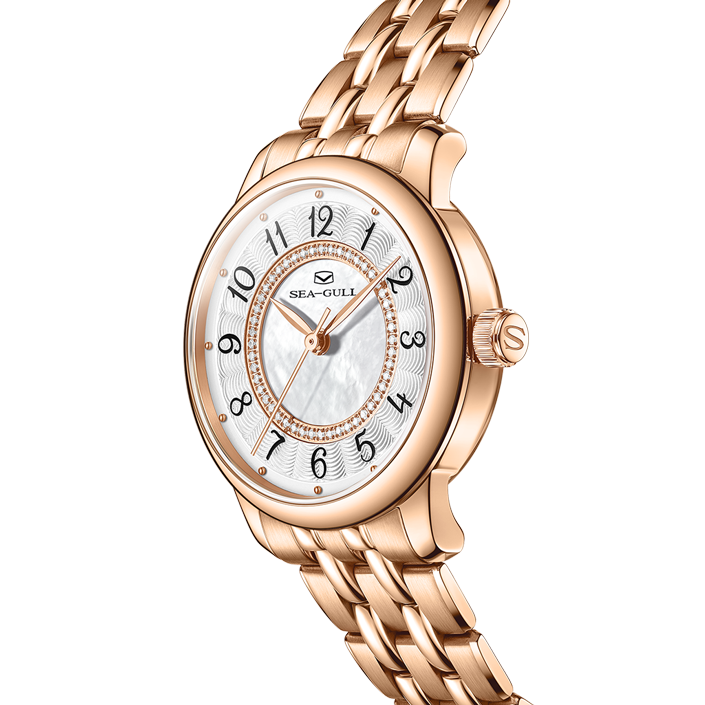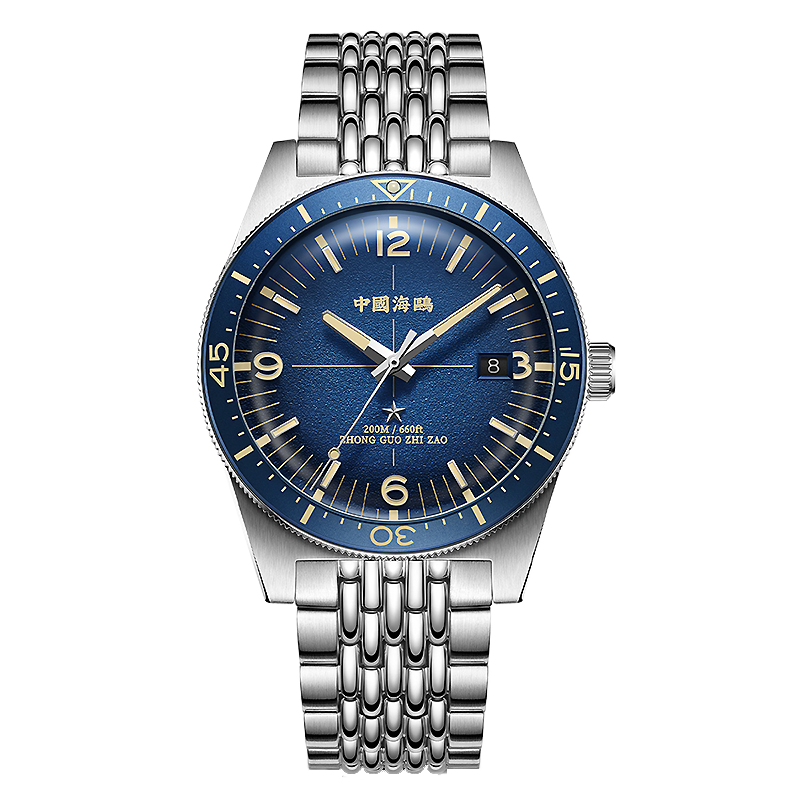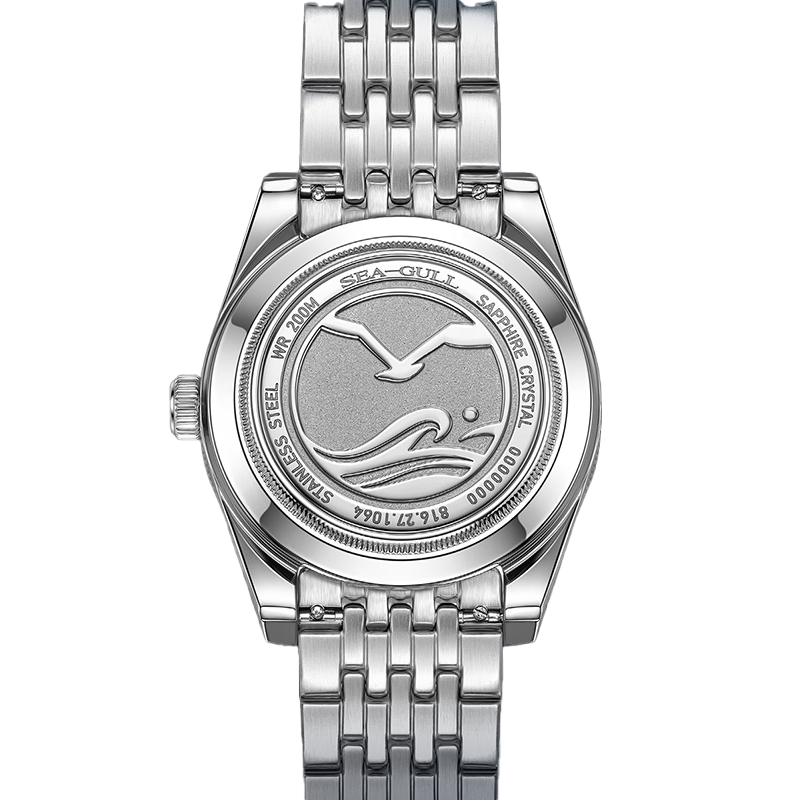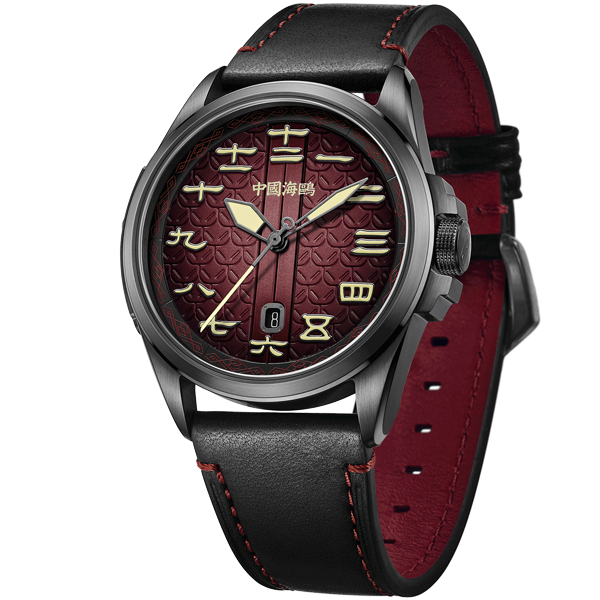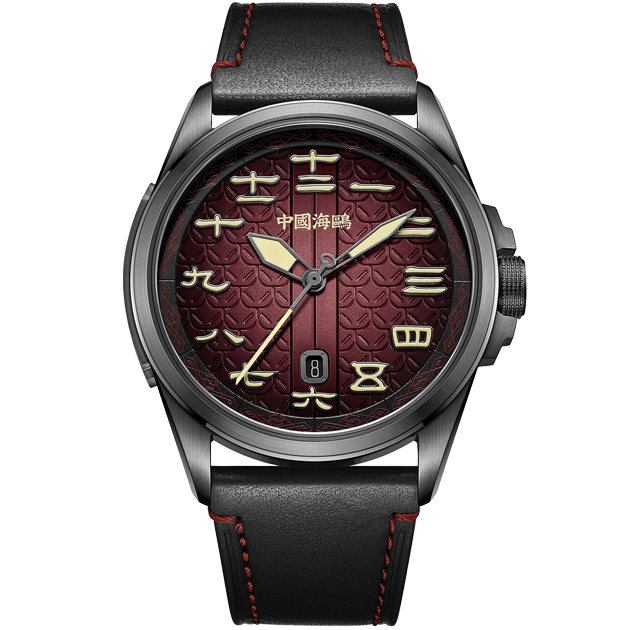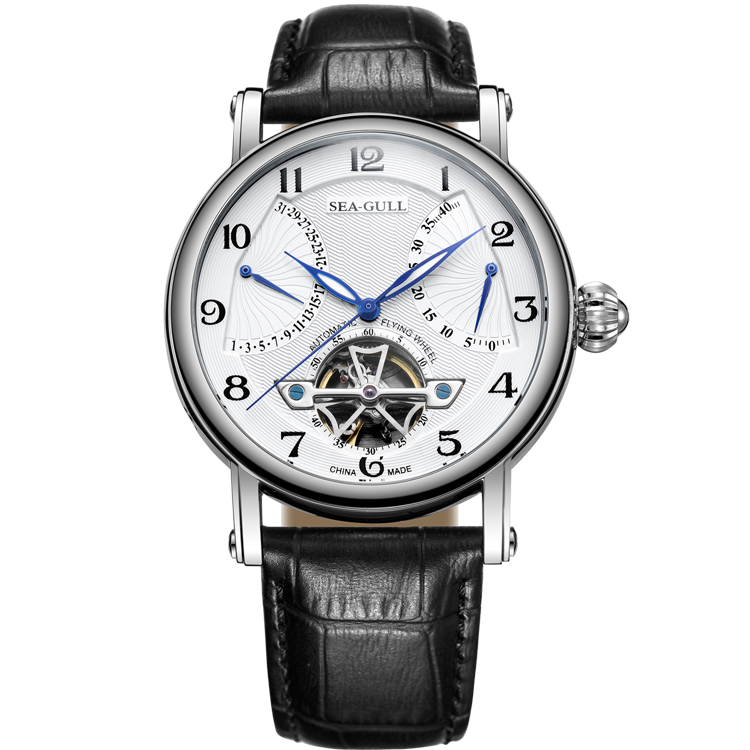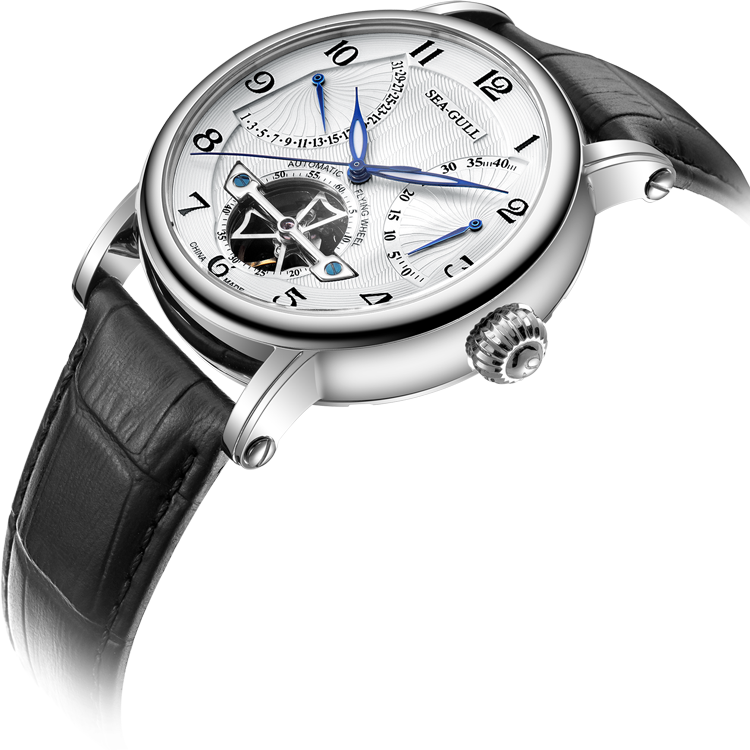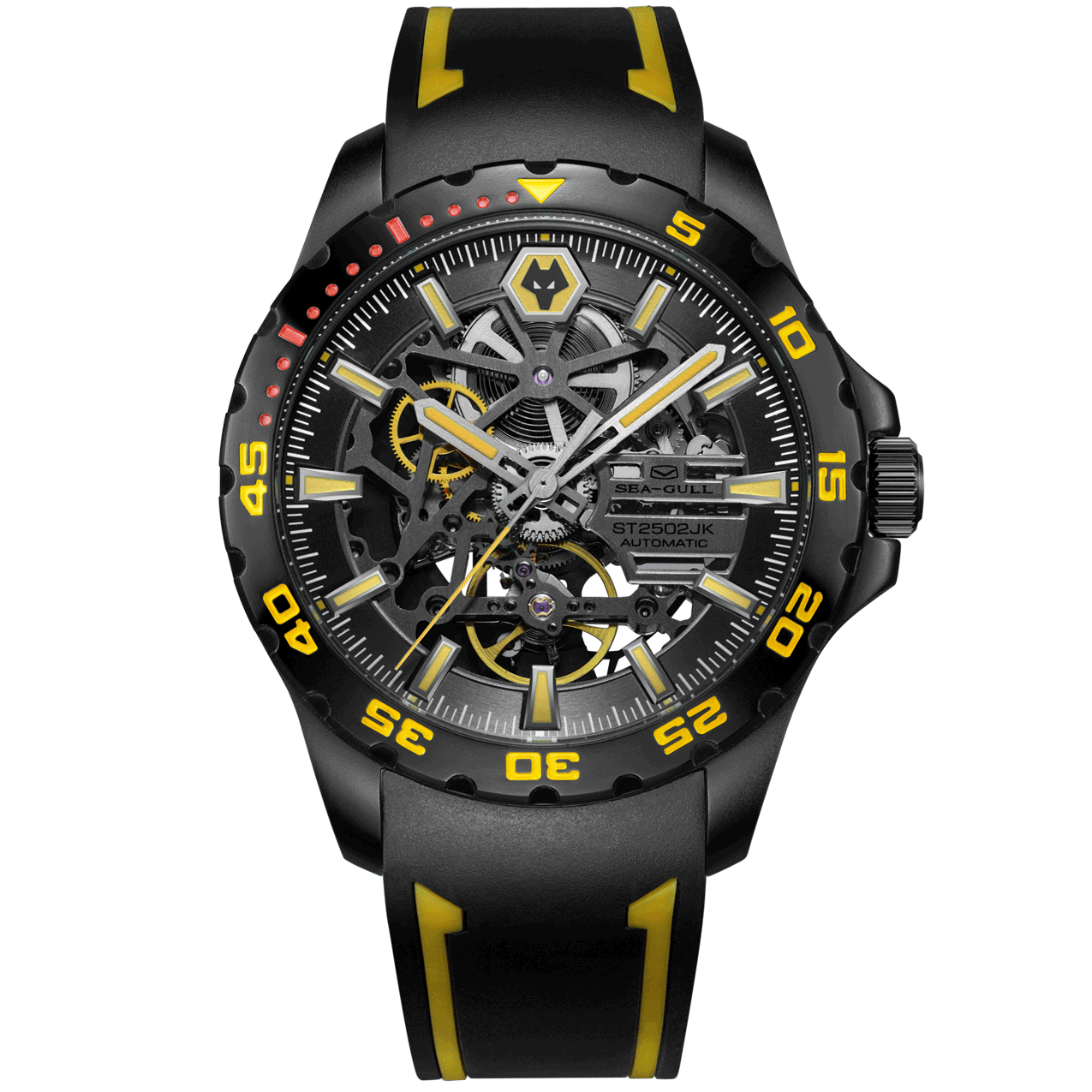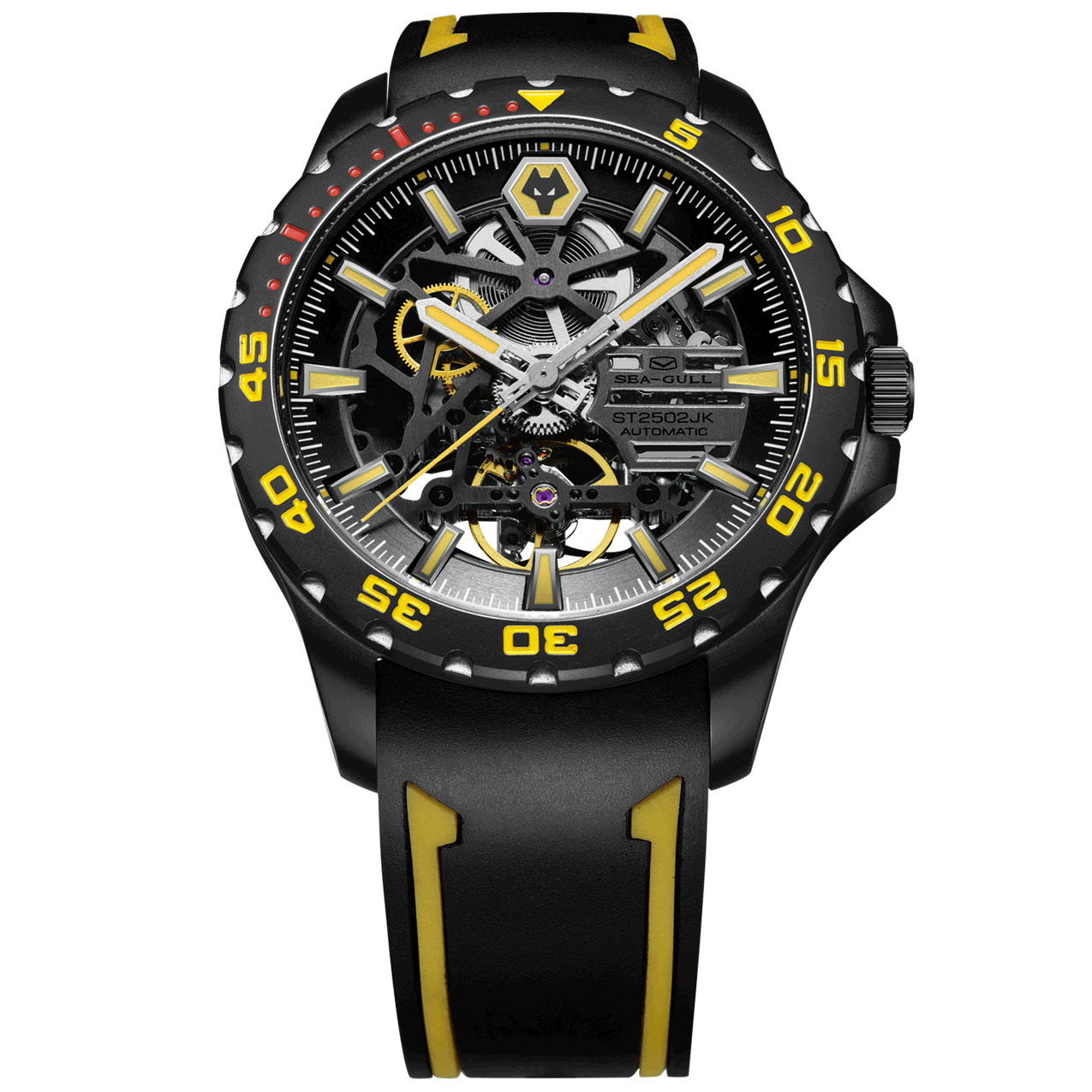The Seagull 1963 Chronograph: An Affordable Icon Worth Owning?
The Seagull 1963 has become an iconic chronograph watch renowned among enthusiasts for its vintage 1960s styling and storied Chinese origins. But with prices rising above $600, does this nostalgic panda dial Seagull 1963 actually live up to the hype? Is the Seagull 1963 worth the premium price tag? Let's closely examine its merits and shortcomings.
A Historically Significant Movement Inside the Seagull 1963
At the heart of every Seagull 1963 is the venerable Seagull ST19 manual wind chronograph movement. Understanding this calibre’s backstory sheds light on why collectors prize the Seagull 1963 so highly.
The ST19 can trace its roots back to China’s urgent efforts in the early 1960s to develop domestic chronograph capabilities for aviation purposes. Up to then, only basic hand-wound movements had been produced in China. In 1963, after intense research and prototyping, Seagull’s engineers achieved a breakthrough with the successful launch of the ST19.
This first Chinese chronograph movement was no mere copy of foreign designs. The ST19 was engineered completely in-house by Seagull, making it a tremendous source of national pride. It was a 19-jewel, column wheel controlled movement beating at a brisk 21,600 bph. Decent if not extraordinary specs for the era.
However, the ST19’s importance goes beyond its capabilities. It represents a milestone in China’s quest for watchmaking independence and technical prowess. The Seagull 1963's unique historical status helps explain why it enjoys such an avid collector following today.
Superb Value Proposition of the Seagull 1963
The key reason the Seagull 1963 delivers such a compelling value proposition is that the robust, domestically produced ST19 movement can be obtained for a price that massively undercuts comparable European alternatives.
Because Seagull manufactures their movements in-house rather than sourcing from Swiss suppliers, they can avoid hefty markup. The scale of production in their modern facilities also leads to economy of scale. This cost advantage allows them to sell the Seagull 1963 for around $600 rather than the over $2,000 that boutique Swiss brands charge for similar hand-wound chronographs.
Thus, the Seagull 1963 provides the horological cachet of a column wheel controlled chronograph complication at an attainable price point. This winning combination carries tremendous appeal with watch collectors, especially those just starting out.
Faithful Vintage Design of the Seagull 1963
The exacting retro aesthetics of the Seagull 1963 also help justify its popularity. It authentically revives the simplified military styling of early 1960s Chinese chronographs. Key traits that exude vintage appeal in the Seagull 1963 include:
- 37.5 mm stainless steel case: Perfectly sized for modern wear
- Acrylic crystal with slight dome: Nicely distortive vintage flair
- Bi-compax panda dial layout: Balanced contrasting subdials
- Large luminescent hands and hour markers: Aiding strong legibility
- Tasteful red accents on hands and star logo: Eye-catching color pop
Every facet of the Seagull 1963's dial and case design coalesces synergistically to achieve a handsome, minimalist vintage vibe. This masterclass in the less-is-more approach has tremendous popular allure. The Seagull 1963 nails its retro brief with aplomb.
Customization Fueling Demand for the Seagull 1963
Another factor driving the Seagull 1963’s desirability is the wide range of customization options now offered. The basic panda layout provides the foundation for imaginative interpretations spanning different dial colors, case finishes, strap choices and specialty limited editions.
This broad custom palette allows enthusiasts to acquire several Seagull 1963 variants to scratch different style itches. The ability to customize adds to the fun and enhances the Seagull 1963’s already superb versatility as both a casual and dress chronograph.
Potential Shortcomings of the Seagull 1963
At an affordable price point, the Seagull 1963 understandably does not achieve perfection. There are some subtle drawbacks to weigh against its many merits.
Manual winding - Hand-winding the ST19 movement daily is part of the vintage charm for most fans. But some may find keeping the Seagull 1963 topped up a nuisance.
Finishing - While the ST19 has lovely circular Geneva stripes, blued screws and engraving, its decoration does not match higher end Swiss calibers.
Rotor noise - Some note the Seagull 1963's movement’s rotor is quite loud when winding. Not a problem when hand-winding but the rotor noise may irritate.
Lume - The Seagull 1963's dial’s vintage lume color is attractive but some report it could be brighter and longer-lasting for night legibility.
Quality control - There can be minor inconsistencies in dial printing, case finishing and timekeeping accuracy from example to example of the Seagull 1963.
Thus, while the Seagull 1963 provides tremendous value, certain shortcomings remind that it costs a fraction of luxury Swiss counterparts. These limitations are forgiveable given the accessible pricing.
Long-Term Appeal of the Seagull 1963?
Will the Seagull 1963 manage to sustain its popularity going forward in the hyper-competitive affordable watch segment? There are good reasons to believe this chronograph still has a robust future ahead.
Heritage reputation - The Seagull 1963’s roots in Chinese horological history give it an exclusive backstory that adds lasting appeal.
Solid resale value - Strong collector demand means excellent resale values on the secondary market if you ever choose to sell the Seagull 1963.
Continuous improvements - Seagull keeps incrementally refining manufacturing quality to satisfy buyers’ ever higher expectations for the Seagull 1963.
Ongoing interest - New Seagull 1963 colorways, limited editions and collabs ensure it stays fresh and exciting for repeat customers.
With both its retro styling and historic movement, the Seagull 1963 feels immune to drastic drops in popularity. It has organically matured into an icon that should hold appeal across generations of enthusiasts.
Verdict: A Future Classic in the Seagull 1963
The Seagull 1963 chronograph’s surge in popularity is clearly not just a passing fad but grounded in tangible assets:
- Milestone Chinese movement with compelling history inside the Seagull 1963
- Superior quality relative to bargain price of the Seagull 1963
- Striking vintage design thoughtfully executed on the Seagull 1963
- Personalization enhancing desirability of the Seagull 1963
- Heritage and qualities nurturing lasting demand for the Seagull 1963
For the budget-minded watch collector with a taste for 1960s styling, the Seagull 1963 is simply impossible to beat. It will continue to win over enthusiasts craving an affordable mechanical chronograph bursting with vintage character and Chinese heritage. The Seagull 1963 truly deserves recognition as a modern classic.
